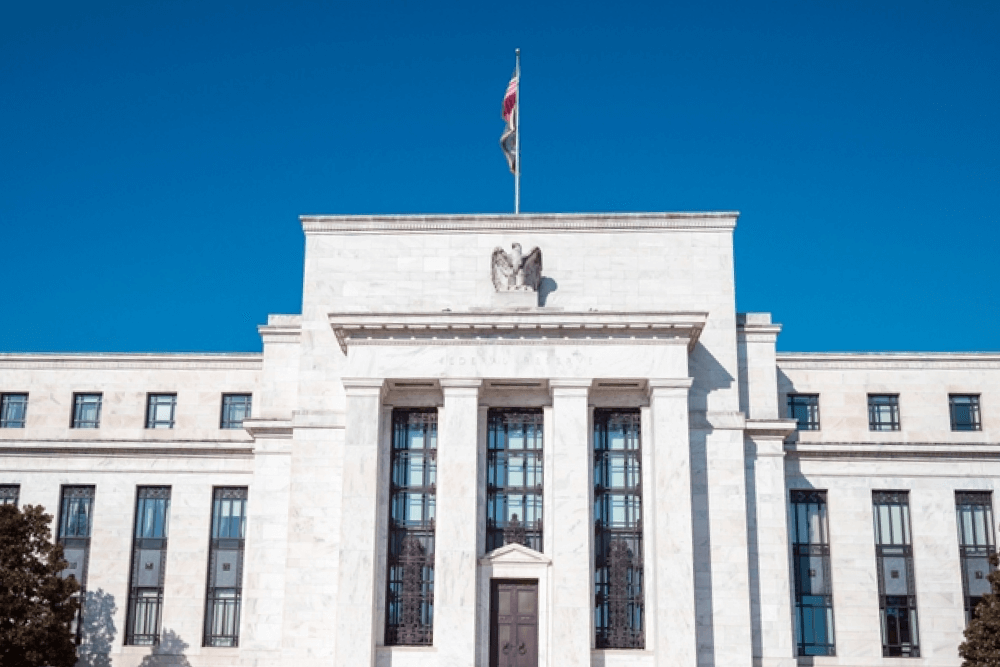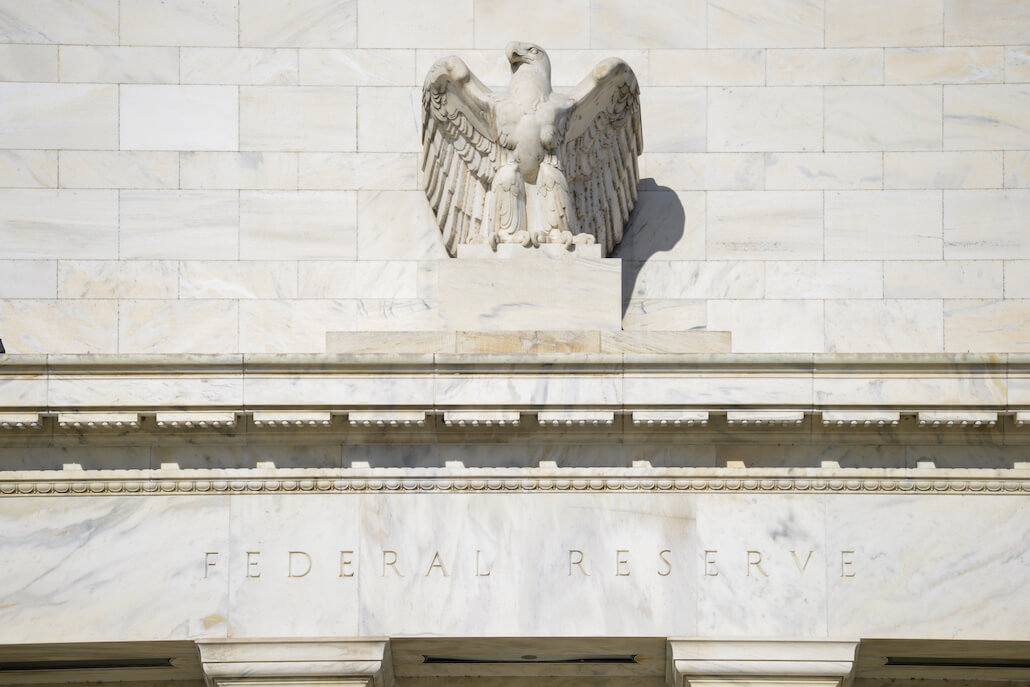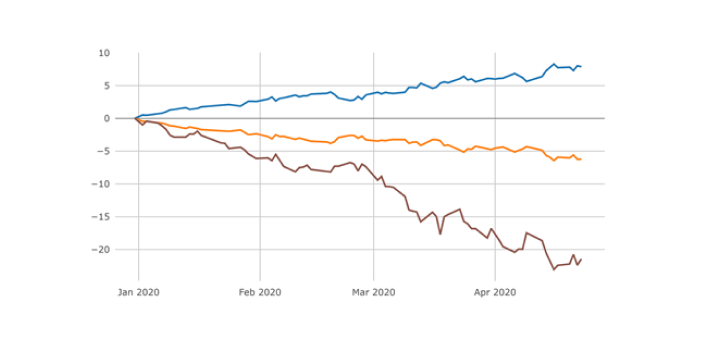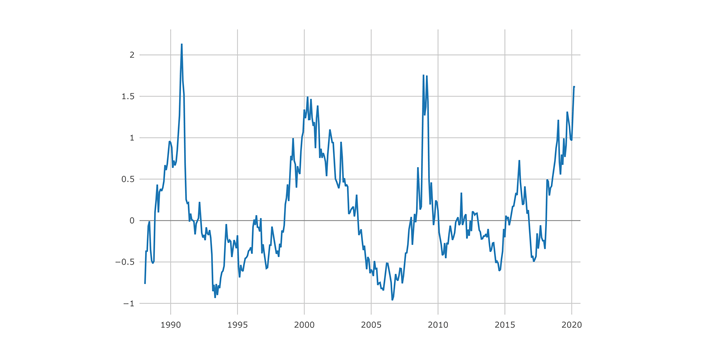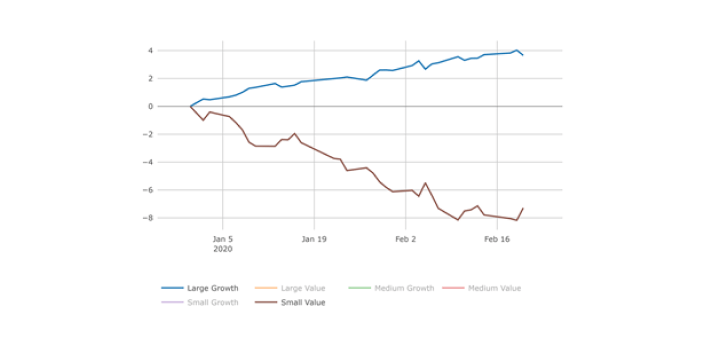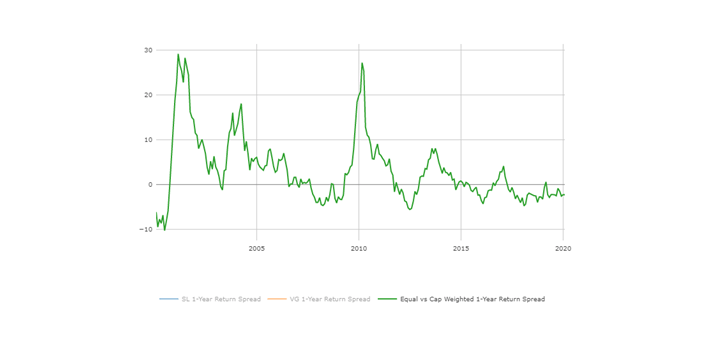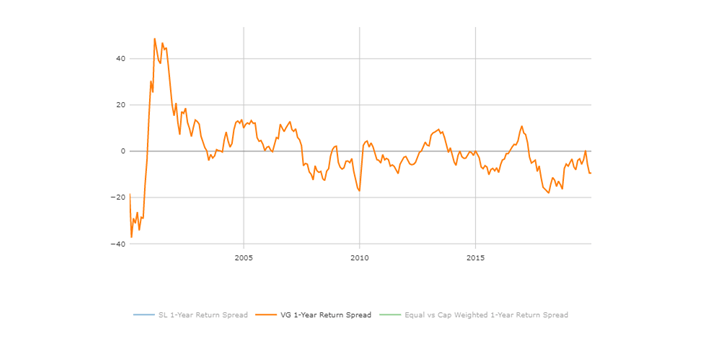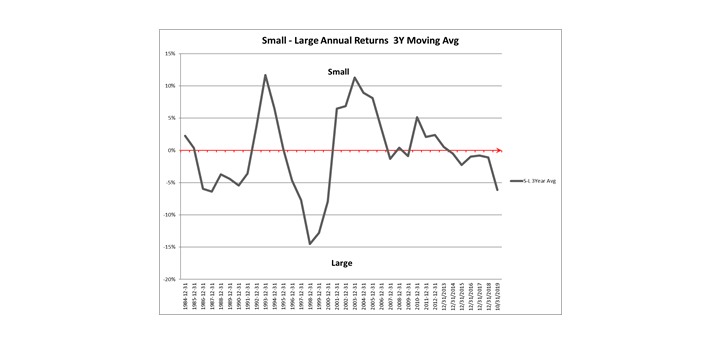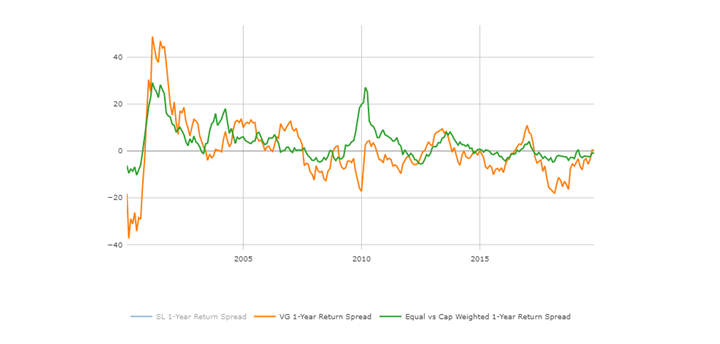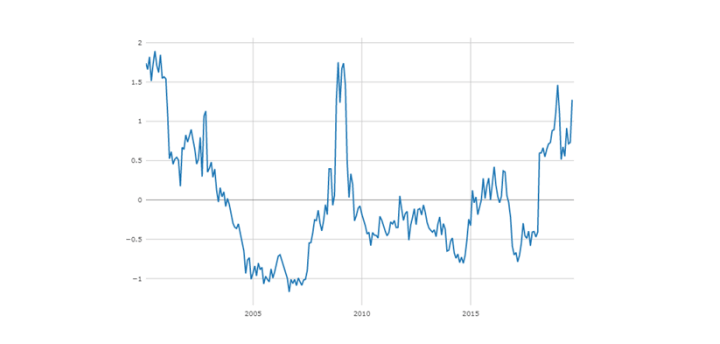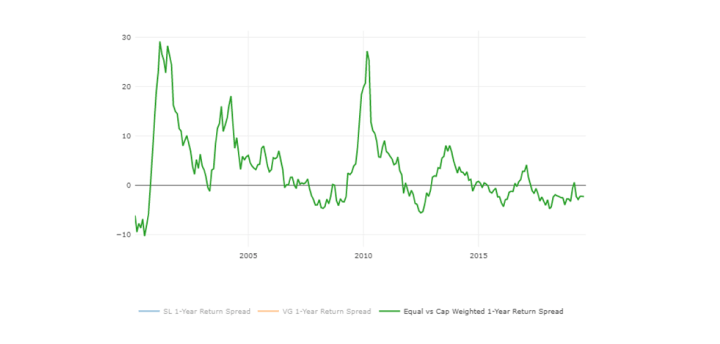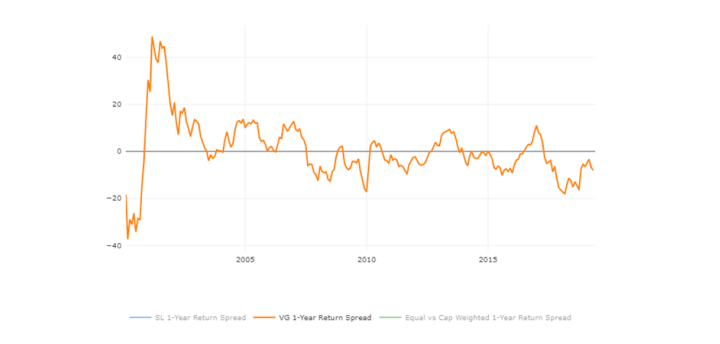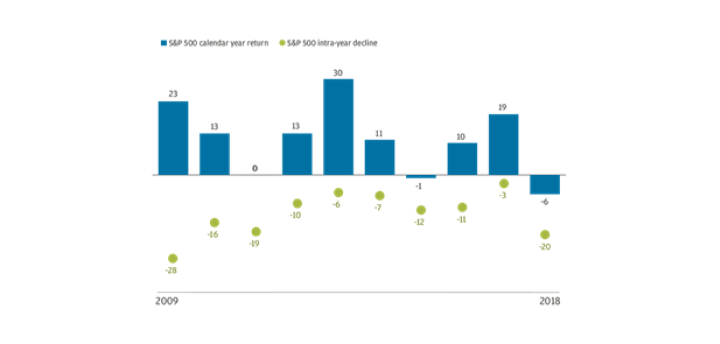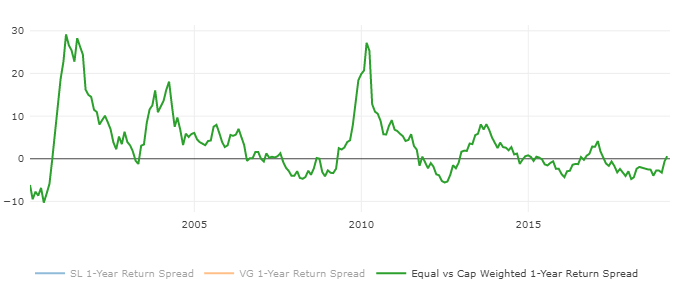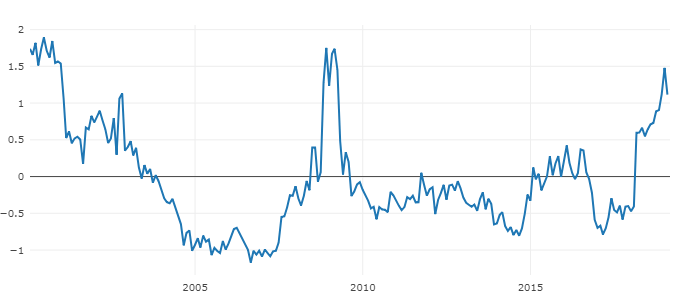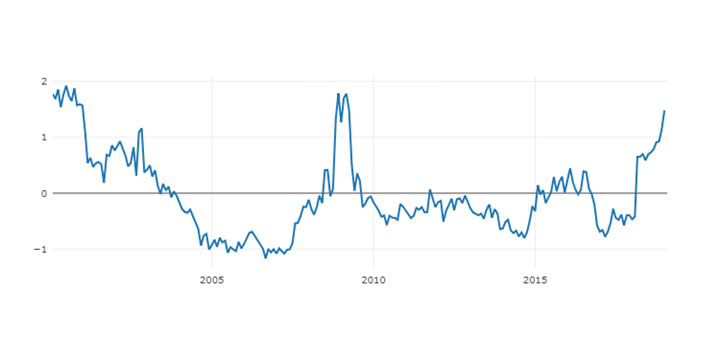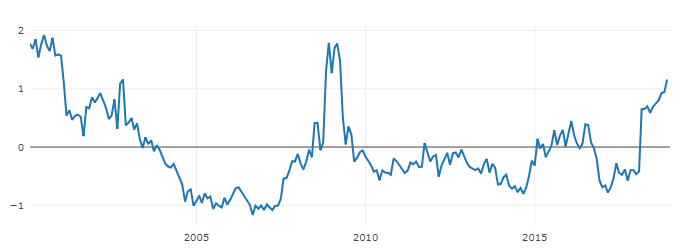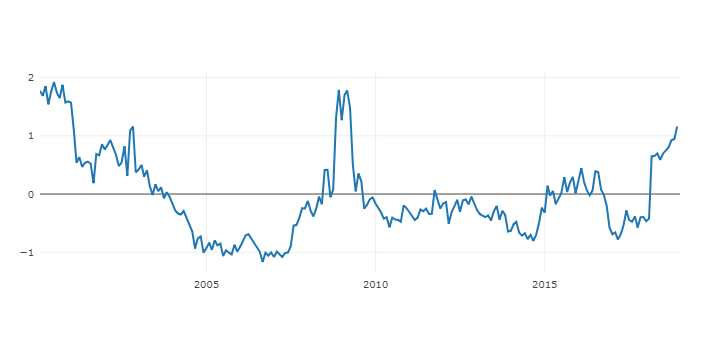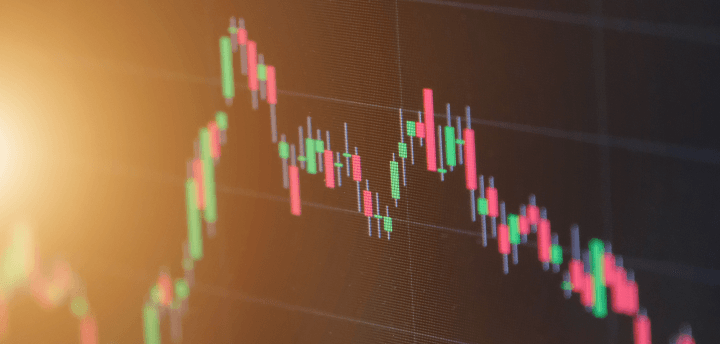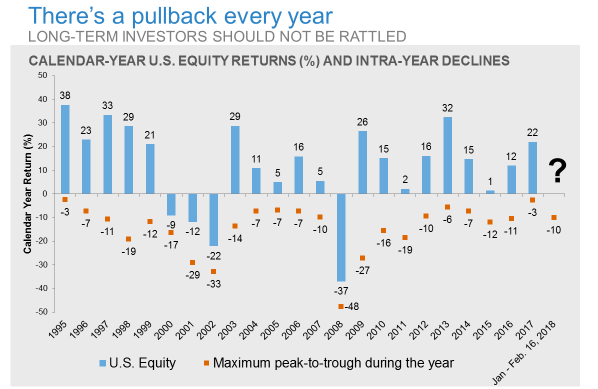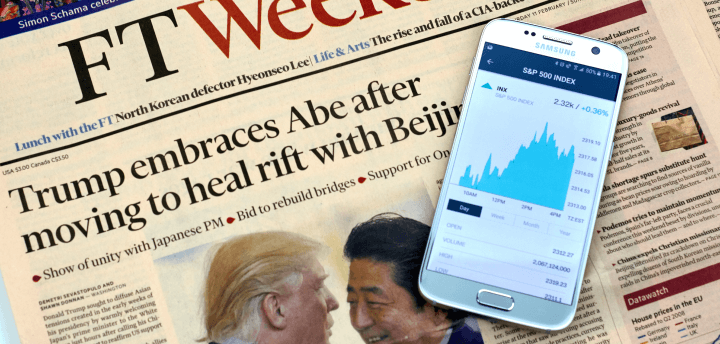US Economics: Consumer is the king
A strong labor market coupled with accelerating wages and personal income tax reform lead us to believe consumption will remain strong in the near future and maybe a little longer than many analysts forecast. At the end of 2017 activity was brisk at furniture outlets, grocery stores, and restaurants, and especially at building materials dealers and over the Internet. Moreover, for almost 80% of US consumers the wage growth didn’t start until two years ago. So, while, technically speaking, we are in the ninth year of recovery, for many consumers especially in lower paid categories the improvements didn’t start that long ago. With low income families having the highest propensity to consume as their income grows, we expect the aggregate consumer can remain strong longer than formal macro models suggest. That is why some analysts are puzzled by looking at conflicting macro indicators: some indicate the middle while others signal later stages of the economic recovery. The importance of strong consumer spending cannot be overstated, as this category accounts for more than two-thirds of US economic activity. The consensus is forming that the US economy is poised to show north of 3% GDP growth this year.
Global Economy
The trend toward upward revisions to global growth forecasts continued this month on the back of a stronger-than-expected China 4Q17 GDP report. Many forecasts point to a combination of realized growth, better sentiment, and improved financial conditions that support optimism about the year ahead. The underlying force fueling global GDP growth seems to be partly secular in nature since the restraint from the global financial crisis has finally abated. However, the current phase of above trend growth has its limits. Per JP Morgan, sluggish global demand has been accompanied by even weaker global supply side performance. As a result, capacity constraints are building in the form of rising global interest rates and falling corporate profit margins. Eventually, this may lead to a slowdown due to tighter labor markets, higher inflation and less accommodating central bank policy rates. Although we are probably a few quarters away from those headwinds to kick in, it is important to monitor the future shifts in central banks’ monetary policy in the upcoming quarters.
Equities and Bond Yields
While investors ponder what could trigger the next equity selloff, one major concern is the potential for an increase in bond yields, which in turn could pressure equity P/E multiples. We don’t think this is the case. First, the move up in bond yields is starting from historically low levels and caused by strong labor market and normalizing (again from historical lows) inflation. According to JP Morgan, while equity valuations are not cheap, in the past 15 years the correlation between P/E multiples and bond yields was positive rather than negative. Also, P/Es are strongly correlated with EPS revisions, which are currently very healthy. As long as earnings remain strong, we should expect stable P/E multiples ahead. Moreover, should inflation continue to normalize, equities should be a natural inflation hedge as their earnings are strongly correlated to the producer price index.
Investment Regimes and Preferred Sectors
Irrespective of the future moves of the market P/E multiple, we think that there are other forces at play, which could influence returns by a much larger magnitude. Tax reform seems to have thrown a wrench into a rotation from Large to Small with Large Cap outperforming so far again this year. Growth style has been dominant for a while now, but we are seeing a slow rotation from pure Growth to more Neutral, and what could become a full swing towards Value cycle. Coincidentally, one of the sectors we favor these days – Financials – represents a clear Value play. It should benefit the most from any rise in yields. Selective Tech, Healthcare and Real Estate seem promising to us as well.
A Correction is Possible, but the Bull Market Should Persevere
The stock market has experienced and incredibly strong run. However, the strength of the stock market and gradually improving economy should not lull us into a state of complacency. It’s quite possible, maybe even likely, that we’ll see a near-term correction at some point in 2018. However, this doesn’t have to signal the end of the bull market. The fundamentals still suggest that equity prices still have room to advance. We would most likely view any near-term weakness in markets as an opportunity to purchase high quality stocks at attractive prices.
The information and opinions included in this document are for background purposes only, are not intended to be full or complete, and should not be viewed as an indication of future results. The information sources used in this letter are: Jeremy Siegel, PhD (Jeremysiegel.com), Goldman Sachs, JP Morgan, Empirical Research Partners, Value Line, Ned Davis Research, Citi research and Nuveen.














